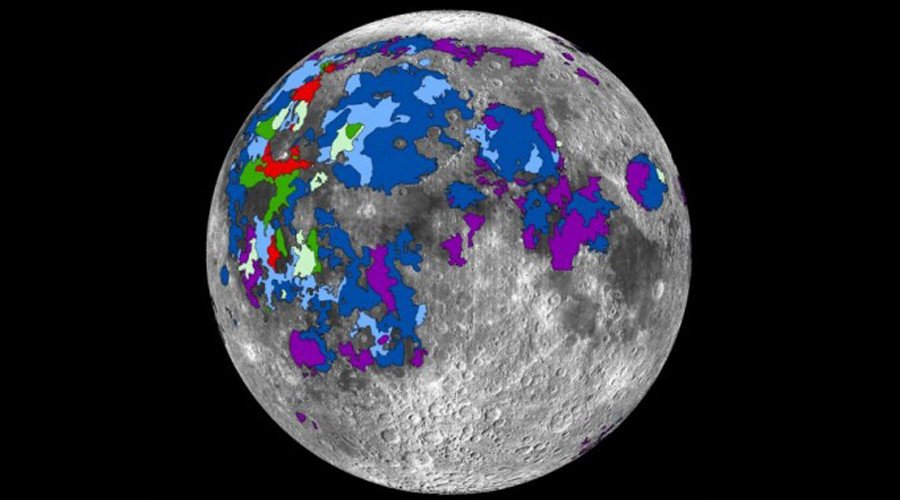NASA lunar lava study ‘dramatically changes our view of the moon’

Now considered a ‘dead planet’ and incapable of volcanic activity, the moon once had an atmosphere created by a series of basaltic eruptions, a new study claims.
Researchers found that a series of intense volcanic eruptions spewed magnetic plums above the surface more quickly than they could escape, creating a transient atmosphere some 3 to 4 billion years ago.
READ MORE: Watch astronauts repair ISS robot arm in daring spacewalk (LIVE)
At its peak about 3.5 billion years ago, when the moon was three times closer to Earth than it is today, the atmosphere would have lasted for about 70 million years before evaporating into space.
The revelation, presented in a research paper by NASA’s Center for Lunar Science and Exploration, was published in the scientific journal, Earth and Planetary Science Letters.

The eruptions occurred when the center of the moon was still hot, and bursts of gas often flowed across the lunar surface for hundreds of kilometers. Analysis of several Apollo samples showed the presence of various gas components like carbon monoxide and sulfur.
Apollo missions 15 and 17 collected samples from the margins of the moon’s Serenitatis and Imbrium basins, where two of the largest explosions of gases were produced some 3.8 to 3.5 billion years ago.
READ MORE: Huge asteroid to fly past Earth at 1/8 of distance to moon
The samples gave an indication of how long ago the eruptions occurred, and also the content of the lunar lava.
"This work dramatically changes our view of the moon from an airless rocky body to one that used to be surrounded by an atmosphere more prevalent than that surrounding Mars today," said David Kring from the Universities Space Research Association at the Lunar and Planetary Institute.
Scientists estimate the moon’s atmosphere was about 1.5 times thicker than that of Mars. The red planet actually has a relatively thin atmosphere, roughly 100 times less dense than Earth’s.












